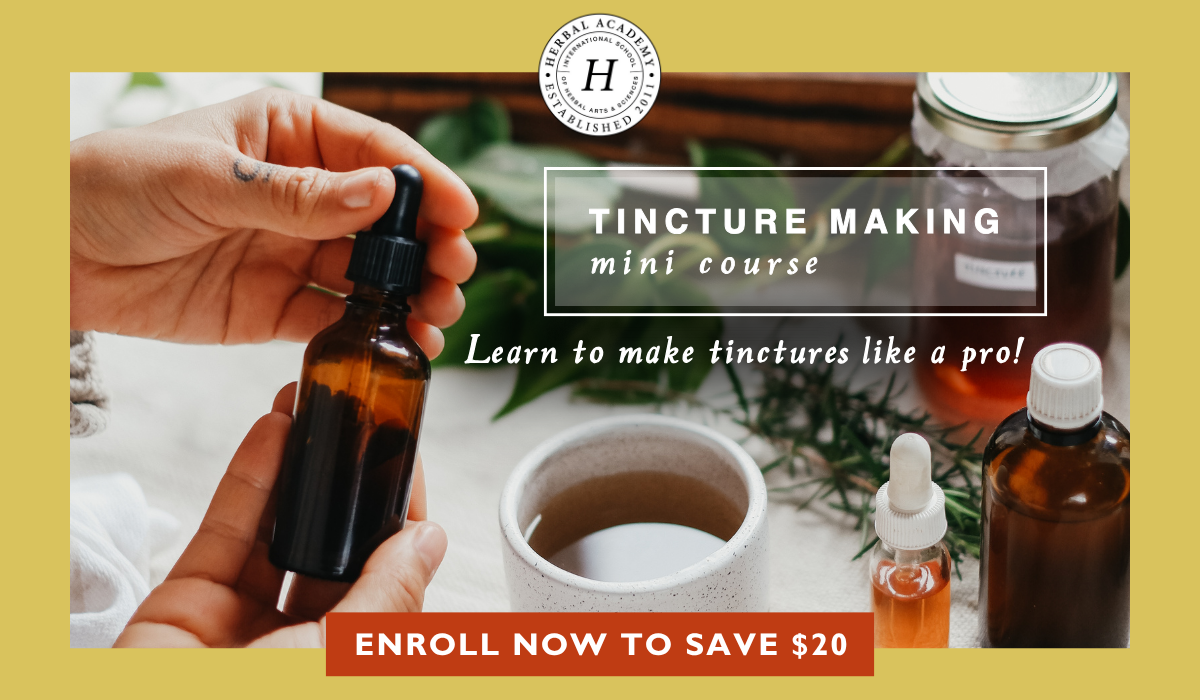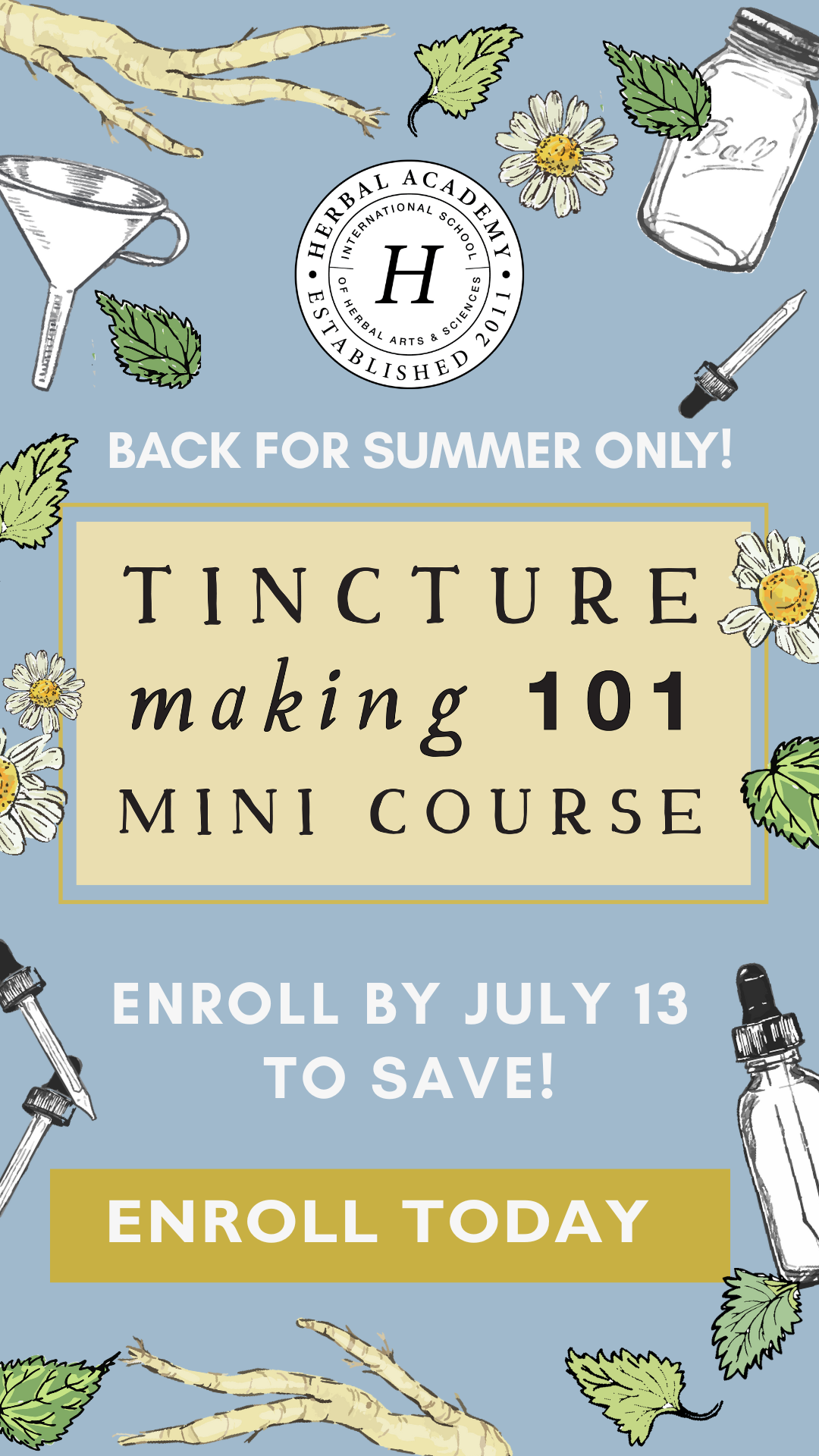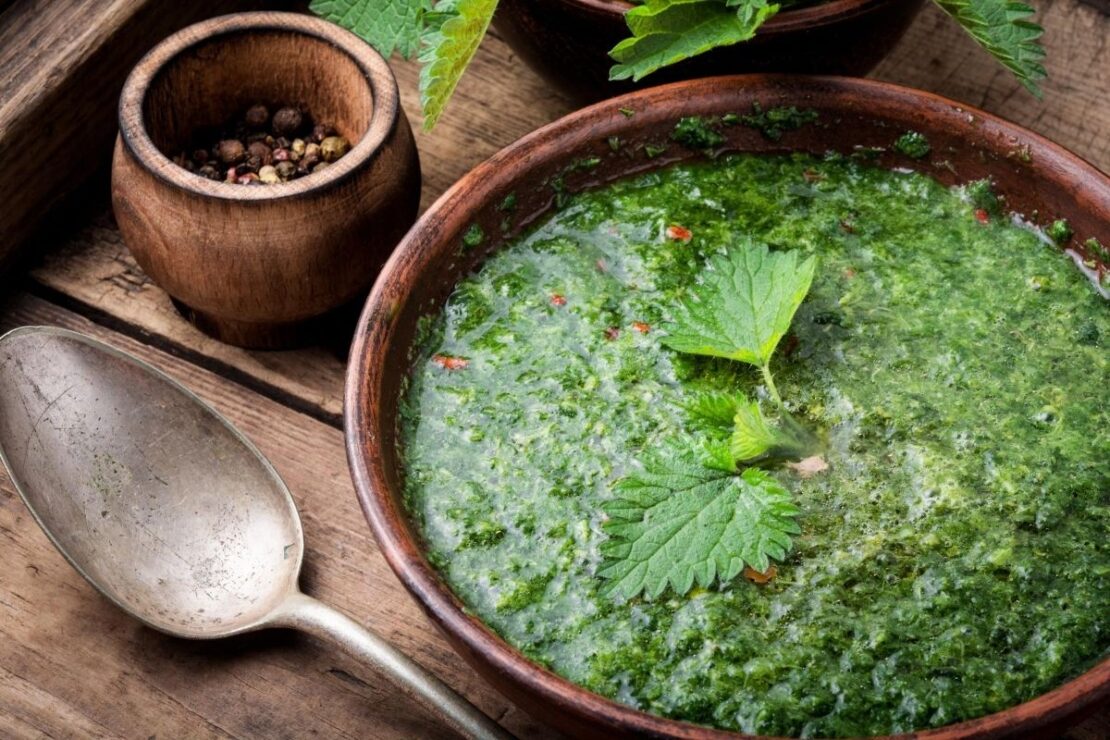
Nutrient Deficiencies + 4 Vitamin and Mineral-Rich Recipes
The well-known adage “we are what we eat” is so true when we think about our daily needs for vitamins and minerals. Typically, when we sit down for a meal, we might be thinking about how hungry we are or how good it tastes, not realizing that we are also consuming micronutrients to meet our daily needs. Micronutrients, better known as vitamins and minerals, are crucial components of healthy growth and development, disease prevention, and aging. Yet many people are not meeting their daily needs and are at risk of nutrient deficiencies.
In a national survey, 76% of the population did not consume the recommended daily intake of fruit, and 87% ate too few vegetables (Moore & Thompson, 2015).). Adding to this picture of potential deficiency, in a 2017 study, it was reported that 31% of the population was at risk of vitamin deficiency or anemia, with 23% at risk of one vitamin deficiency or anemia, 6.3% of two, and 1.7% of three to five (Bird et al., 2017). Lastly, another study pointed to one-third of the population deriving 45% of their energy from energy-dense and nutrient-poor (EDNP) foods such as pizza, high-fat, high-sugar processed foods, and alcohol (Kant, 2000). In summary, micronutrients are essential; a lack of which can lead to chronic health conditions (Drake, 2018). Additionally, a diet may be calorically adequate or even excessive and still lack important micronutrients.
By looking at the function of specific vitamins and minerals, along with signs of nutrient deficiencies, we can better address our overall health goals.
Essential Micronutrients
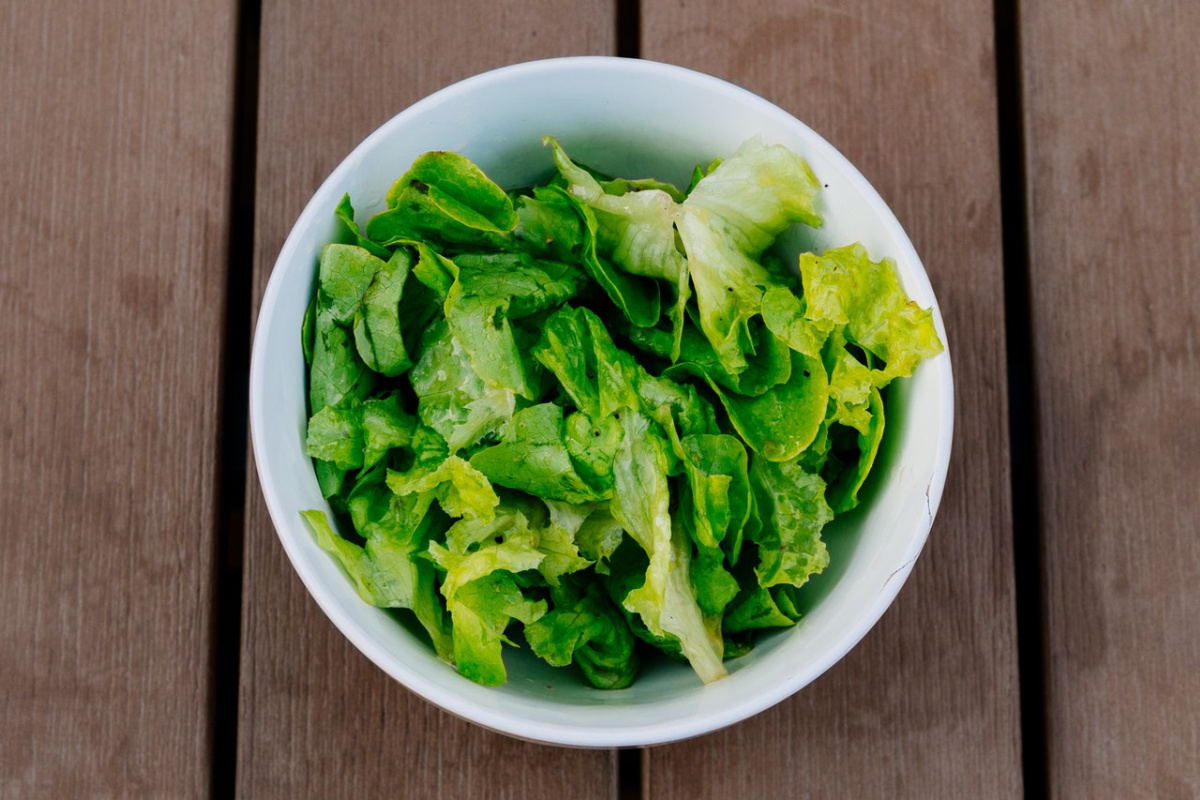
Iron
An essential mineral, iron carries oxygen to our red blood cells and has a function in removing carbon dioxide. In Traditional Chinese Medicine and Ayurveda, nourished and healthy blood is considered a key to overall good health. Both of these traditions describe blood deficiency similarly to the Western view of iron deficiency with signs such as fatigue, pale skin, brittle nails, dizziness, or fast heartbeat (Iron deficiency anemia, n.d.). Another key consideration is that dietary choices can impact iron levels, particularly for those who follow a vegan or vegetarian diet (Waldmann et al., 2004). The good news is iron deficiency can be an easy deficiency to turn around (Graham, n.d.). To help increase iron absorption, combining vitamin C with iron-rich foods and herbs can help improve their absorption (Hallberg et al., 1989).
Some examples of foods that are good sources of iron are red meat, shellfish, beans, dark leafy greens, raisins, apricots, peas, and iron-fortified foods (Iron deficiency anemia, n.d.) Herbs with generally high mineral and iron content include nettle, alfalfa, yellow dock, oatstraw or oat tops, dandelion, and dang qui (Tierra & Tierra, 2017).
Learn more about nourishing blood from TCM and Ayurvedic perspectives here.
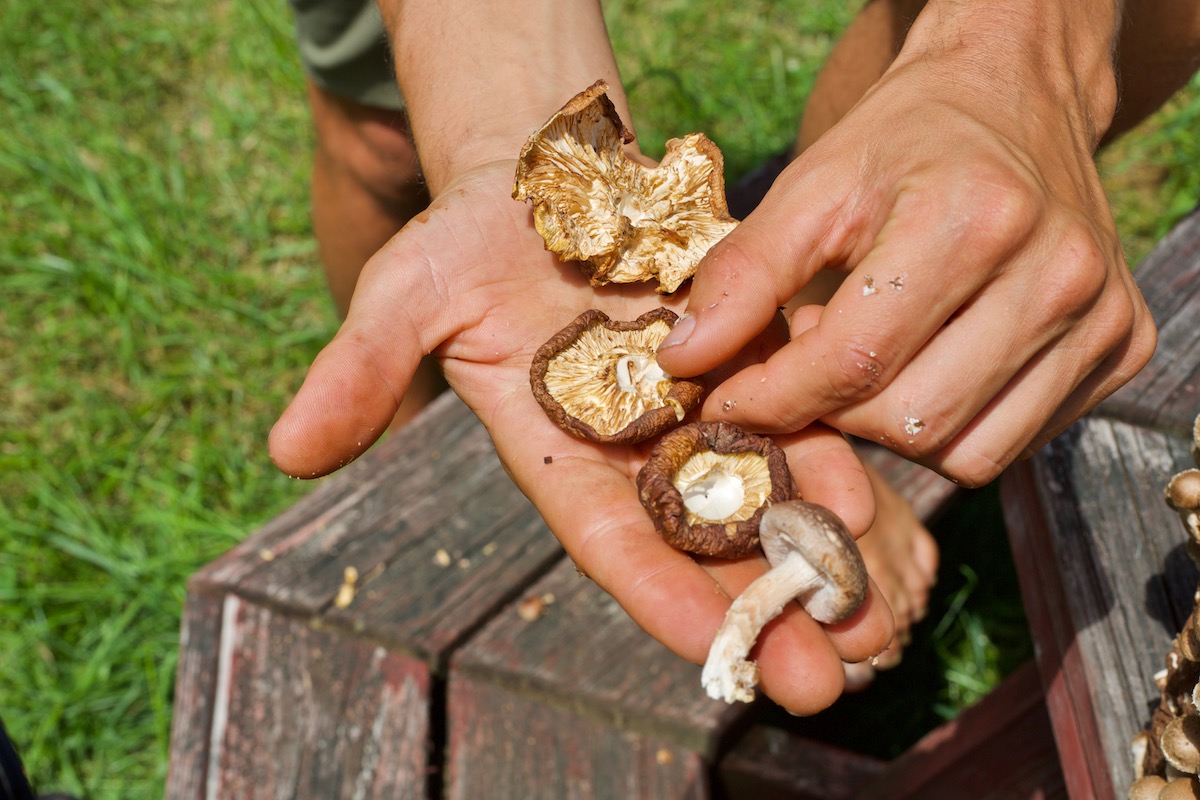
Vitamin D
Fat-soluble vitamin D is an important building block in helping to maintain healthy bones, enhance immune function, and regulate muscle contraction and nerve communication between the body and brain (Office of Dietary Supplements, 2021). The signs of vitamin D deficiency can be subtle to separate from other conditions, for example, fatigue, bone
pain, or muscle spasms (Cleveland Clinic, 2019). Exposure to the ultraviolet rays from sunlight, a source of vitamin D, for 10-15 minutes a few times a week is sufficient to maintain healthy levels although this depends on the time of year, time of day, geographic location, air pollution levels, and melanin content of the skin (Cleveland Clinic, 2019). Recent studies indicate that those with darker skin synthesize less vitamin D from sunlight, and aging diminishes our ability to absorb ultraviolet rays (Chen et al., 2007). Furthermore, some medications and medical conditions can also contribute to a deficiency (Cleveland Clinic, 2019). A simple blood test can quickly determine vitamin D levels.
How much vitamin D do we need daily? Our daily requirement for vitamin D depends on our age and body size. It is recommended that adults between the ages of 19 and 70 obtain a daily dose of 600 IU (U.S. Department of Health and Human Services and U.S. Department of Agriculture, 2015). Verification of potential vitamin D deficiency can be identified through a simple routine blood test.
Mushrooms are a rich source of vitamin D2 when exposed to ultraviolet radiation or sunlight, and when consumed can increase and maintain blood healthy levels of vitamin D (Keegan et al., 2013). Portobello, morel, button, white, and shiitake mushrooms all contain ergosterol, a vitamin D precursor.
Consuming healthy fats at each meal can assist absorption of all fat-soluble vitamins, including vitamin D (Dawson-Hughes et al., 2014). Many foods in the United States are enriched with vitamin D, including milk, cereals, margarine, and orange juice (Office of Dietary Supplements, 2021). Oily or fatty fish, as well as fish oil, are some of the best food sources of vitamin D (Cleveland Clinic, 2019).
Not having enough vitamin D is a common nutrient deficiency. Learn more in Lifestyle and Nutrition Tips for a Vitamin D Deficiency.
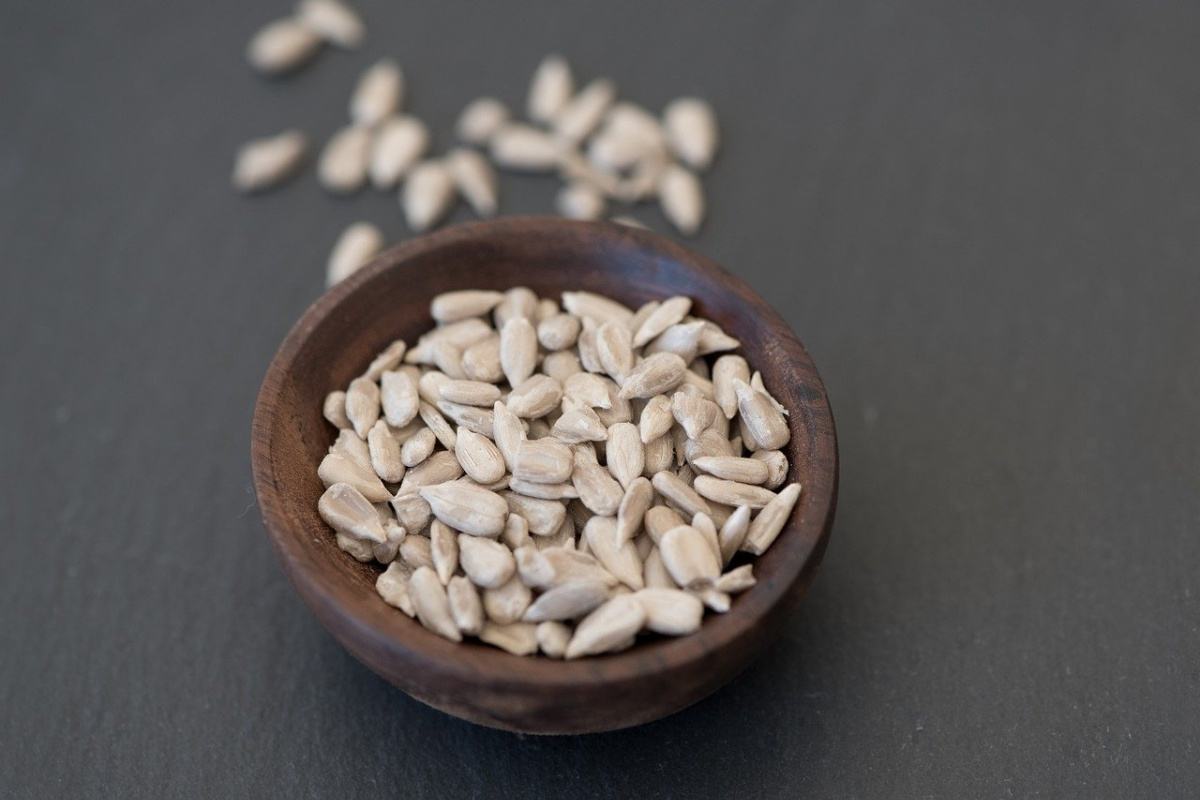
Calcium
A primary mineral, calcium, is required for building and maintaining strong bones. It is also essential for nerve messaging, muscle movement, release of hormones and enzymes, and supporting blood clotting (Bailey et al., 2010). Based on a survey from 2009-2012 of adults 19 years and older, 37.7% of those who did not consume a daily multivitamin did not meet the estimated average requirement (EAR) for calcium, and 19.6 of adults who did consume a multivitamin fell short (Blumberg et al., 2017).
Signs pointing to potential calcium deficiency include muscle aches, cramps, tingling in the hands and feet, fatigue, and insomnia (Barhum, 2020). Focusing on calcium-rich food such as dairy products, sardines, salmon, dark greens including broccoli, soybeans, molasses, figs, and many nuts and seeds including sunflower seeds, sesame seeds, almonds, and brazil nuts help boost your daily calcium intake (Haas & Levin, 2006). Herbs that are high in calcium include nettle, chickweed, red clover, raspberry leaf, and oatstraw (Weed, 2002). Lastly, when vitamin D is combined with calcium it helps its absorption to maintain normal bone mineralization (Office of Dietary Supplements, 2021).
You can read how to incorporate some of these mineral-rich herbs into a nutritious tea here.
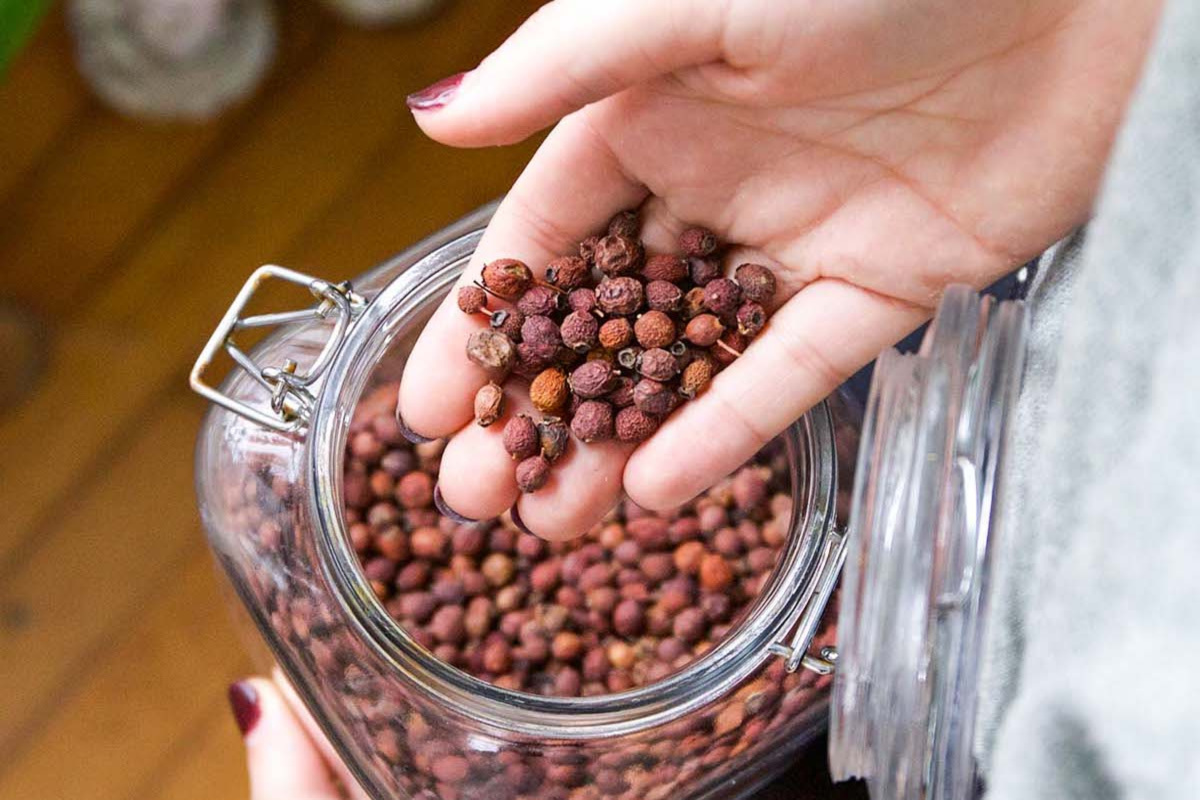
Vitamin C
A vital water-soluble micronutrient, vitamin C is essential for the growth and repair of connective tissues, bolsters the immune system, reduces damage to and hardening of blood vessels (Mt. Sinai, n.d.; Vitamin C, n.d.). Vitamin C is a powerful antioxidant, with compounds that protect our bodies against free radical damage from aging and disease (Mt. Sinai, n.d.; Vitamin C, n.d.). Vitamin C plays a part in protecting our body against various chronic illnesses, including heart disease, macular degeneration, cancer, and osteoarthritis (Mount Sinai, n.d.)
Several lifestyle choices can influence our vitamin C levels, including smoking or exposure to secondhand smoke, prolonged illness, regular use of alcohol, or limited intake of fresh fruits and vegetables (Vitamin C, n.d.). Although vitamin C deficiency is rare, signs of deficiency include bleeding gums, slow-healing wounds, and easy bruising (Vitamin C, n.d.). Lastly, it is essential to review medications that can interact with vitamin C, for example, aspirin, oral estrogens, and acetaminophen.
Many quality foods contain vitamin C, including green leafy vegetables, citrus fruits, tomatoes, red and green peppers, broccoli, and strawberries. Herbs, too, have high vitamin C levels, with standouts including amla, pine needles, rose hips, elderberries, hawthorn berries, and cayenne (Tierra & Tierra, 2017).
You can read more about the importance of vitamin C here.
Micronutrient-Rich Herbal Recipes
Cooking high mineral-rich herbs together with blackstrap molasses creates a tasty and deeply nourishing tonic to incorporate into your daily regimen. All herbs in this herb-infused molasses recipe are dried.
½ cup rose hips (Rosa spp.) fruit Dosage
Nourishing Blood Tonic
1/2 cup dandelion (Taraxacum officinale) root
1/2 cup alfalfa (Medicago sativa) leaf
1/2 cup yellow dock (Rumex crispus) root
1/2 cup nettle (Urtica dioica) leaf
1/2 cup raspberry (Rubus idaeus) leaf
1/2 tablespoon kelp (Laminaria ochroleuca) powder
1 cinnamon (Cinnamomum spp.) stick
1 teaspoon orange (Citrus x sinensis) peel
1 quart blackstrap molasses
Although more delicate than kale chips, nettle provides an abundant source of minerals such as calcium, iron, and vitamin A (Rutto et al., 2013). Drying stinging nettles deactivates its sting, but when working with fresh nettles, wear gloves
1 cup tahiniStinging Nettle Chips
½ cup sunflower seeds
¼ cup pine nuts
2 cloves garlic
¼ cup sesame seeds
1 teaspoon smoked paprika (Capsicum annuum) powder
½ teaspoon ginger (Zingiber officinale) powder
2 tablespoons nutritional yeast
Juice of one lemon
2 teaspoons Himalayan salt
½ tsp of black pepper (Piper nigrum) ground
¼ cup fresh nettles (Urtica dioica), or 2 tablespoons of dried nettles
½ cup of boiling water
6 cups stinging nettle leaves, rinsed and dried
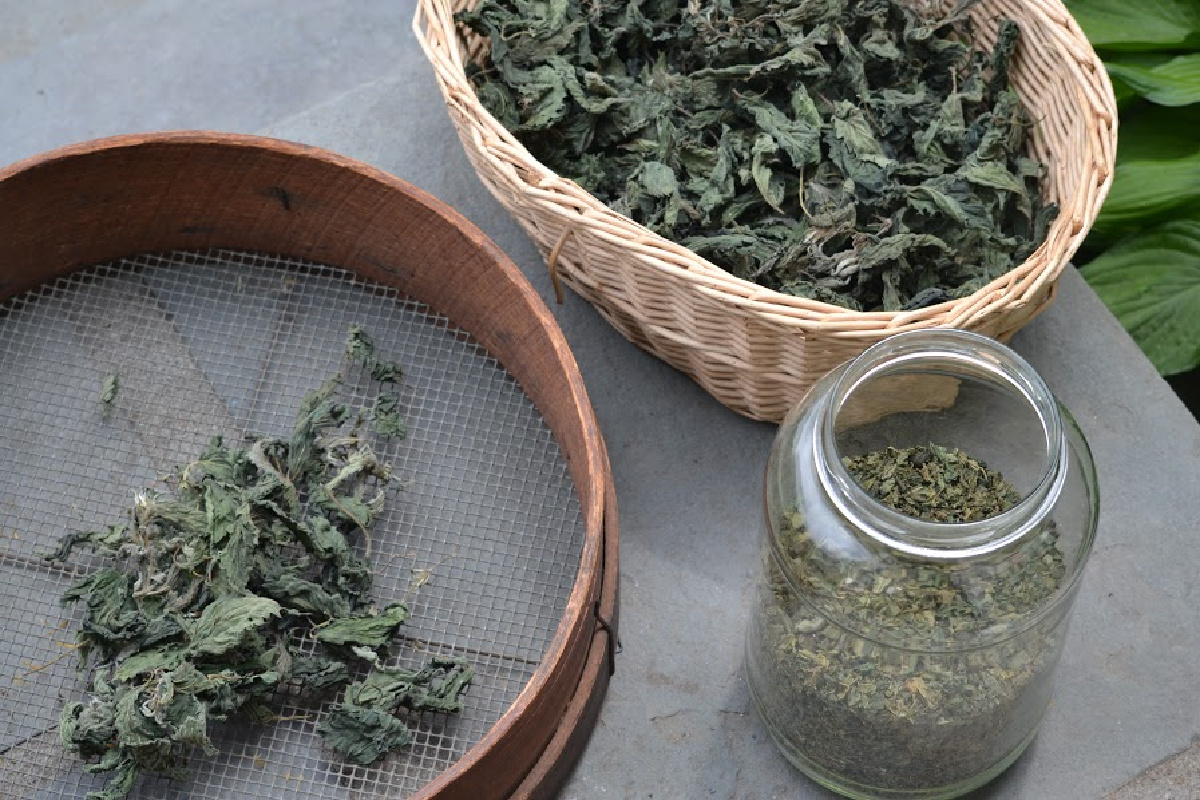
Gomasio, a delicious seasoning, made its claim to fame in the U.S. as part of the macrobiotic diet movement and is thought to be a healthier alternative to ordinary salt. Sesame seeds provide a rich source of iron, calcium, and B vitamins.
2 cups nettle chips (from above recipe) How to use: Sprinkle on soups, pizza, rice, cooked vegetables, or anything else you can think of where you would normally salt.
Nettle Gomasio
1/2 cup unhulled sesame seeds, toasted
¼ cup nutritional yeast
1 tablespoon powdered kelp (Laminaria ochroleuca) powder
2 teaspoons rosemary (Salvia rosmarinus) leaf
1 tablespoon coriander (Coriandrum sativum) seed
1 cup Himalayan pink salt
See more recipes featuring nettles here.
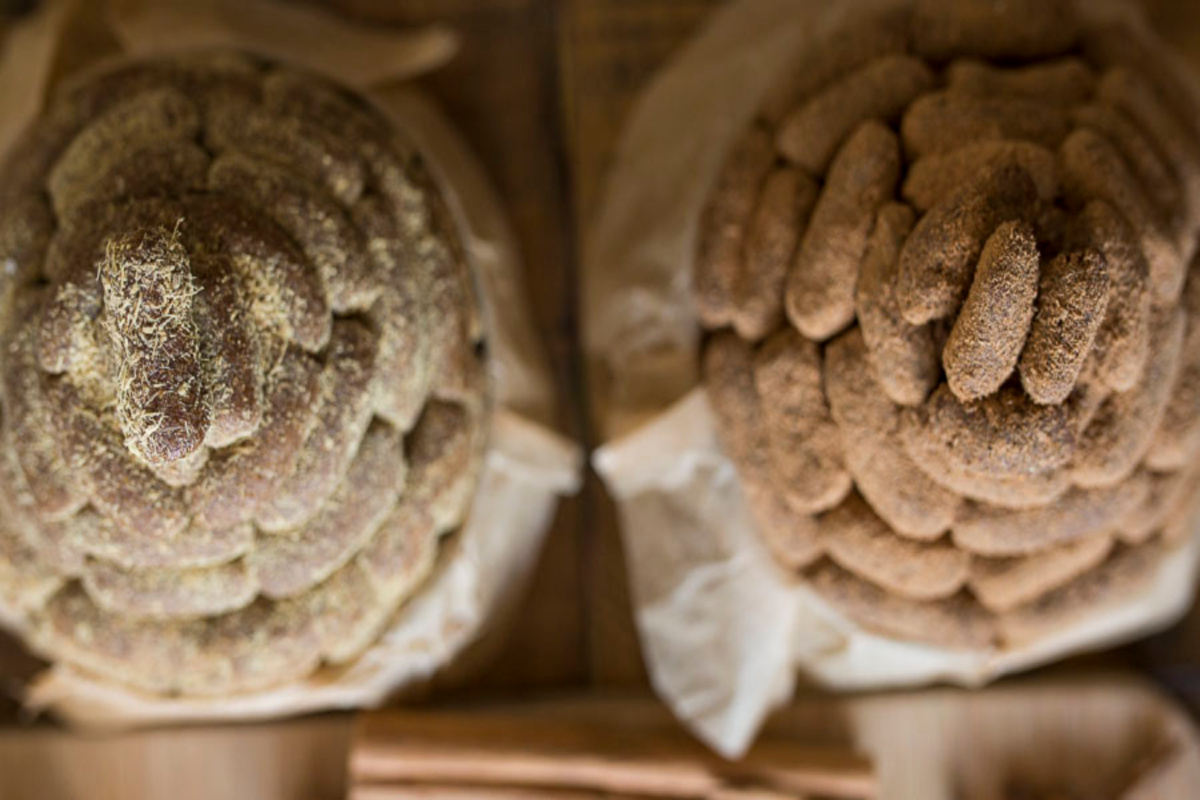
Packed with herbs high in calcium and vitamin C, these homemade pills help supply essential daily micronutrients. You can view a short video on making rolled herb pills, also known as pastilles, here.
1 tablespoon rose (Rosa spp.) hip, powdered Dose: Take one to three pills/day.
Handmade Calcium and Vitamin C pills
2 tablespoon nettle (Urtica dioica) leaf, powdered
½ tablespoon horsetail (Equisetum arvense) leaf and stems (harvested in spring or early summer), powdered
1 tablespoon amla (Phyllanthus emblica) berry, powdered
½ tsp ginger (Zingiber officinale) rhizome, powdered
Honey – to make a paste
2 tablespoons marshmallow (Althea officinalis) root, powdered
In Closing,
With busy lifestyles and daily stresses, getting our daily intake of micronutrients can be a challenge. Luckily, by merely focusing and incorporating a few nutrient-rich foods and herbs into our daily ritual, we can quickly respond and address potential nutrient deficiencies.
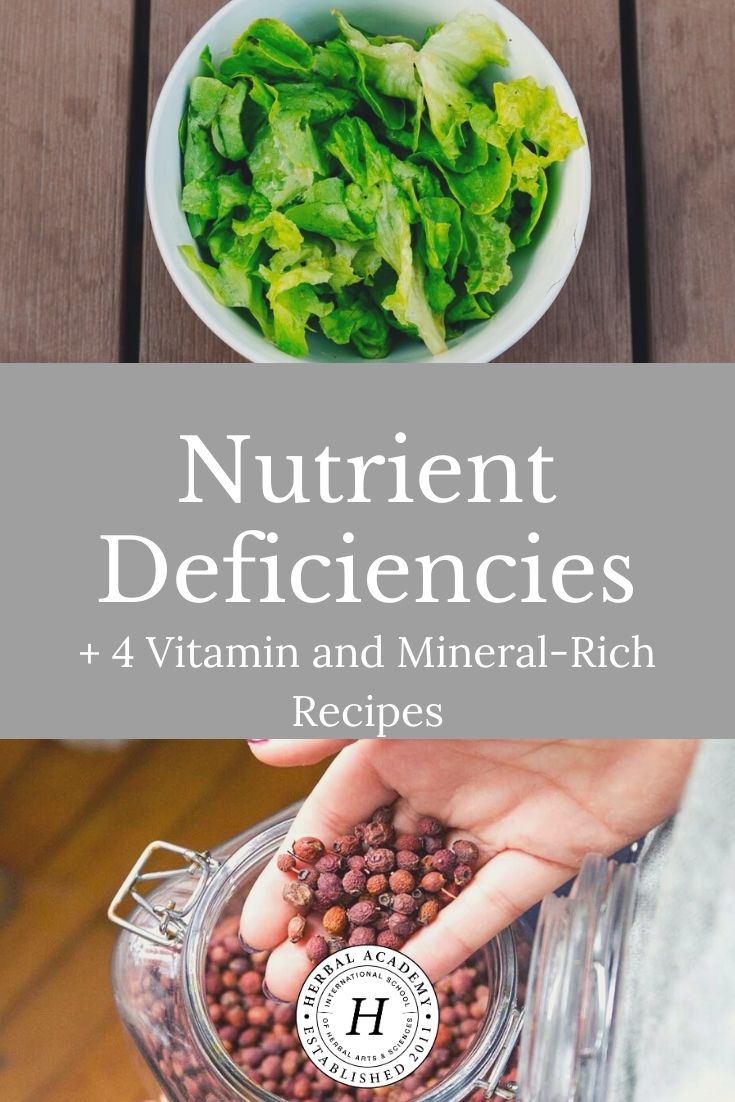
REFERENCES
Bailey, R., Dodd, K., Goldman, J., Gahche, J., Dwyer, J., Moshfegh, A., Sempos, C., & Picciano, M. (2010). Estimation of total usual calcium and vitamin D intakes in the United States. The Journal of Nutrition, 140(4), 817-822. https://doi.org/10.3945/jn.109.118539
Barhum, L. (2020). What happens when calcium levels are low. Retrieved from https://www.medicalnewstoday.com/articles/321865
Bird, J., Murphy, R., Ciappio, E., & McBurney, M. (2017). Risk of deficiency in multiple concurrent micronutrients in children and adults in the United States. Nutrients, 9(7), 655. https://doi.org/10.3390/nu9070655
Blumberg, J., Frei, B., Fulgoni, V., Weaver, C., & Zeisel, S. (2017). Impact of frequency of multi-vitamin/multi-mineral supplement intake on nutritional adequacy and nutrient deficiencies in U.S. adults. Nutrients, 9(8), 849. https://doi.org/10.3390/nu9080849
Chen, T., Chimeh, F., Lu, Z., Mathieu, J., Person, K., Zhang, A., Kohn, N., Martinello, S., Berkowitz, R., & Holick, M. (2007). Factors that influence the cutaneous synthesis and dietary sources of vitamin D. Archives of Biochemistry and Biophysics, 460(2), 213–217. https://doi.org/10.1016/j.abb.2006.12.017
Cleveland Clinic. (2019). Vitamin D deficiency. Retrieved from https://my.clevelandclinic.org/health/articles/15050-vitamin-d–vitamin-d-deficiency
Dawson-Hughes, B., Harris, S., Lichtenstein, A., Dolnikowski, G., Palermo, N., & Rasmussen, H. (2014). Dietary fat increases vitamin D-3 absorption. Journal of the Academy of Nutrition and Dietetics, 115(2), 225–230. https://doi.org/10.1016/j.jand.2014.09.014
Drake, V. (2018). Micronutrient inadequacies in the US population: An overview. Linus Pauling Institute. Retrieved from https://lpi.oregonstate.edu/mic/micronutrient-inadequacies/overview#reference24
Haas, E.M. & Levin, B. (2006). Staying healthy with nutrition. New York, NY: Ten Speed Press.
Hallberg, L., Brune, M., & Rossander, L. (1989). The role of vitamin C in iron absorption. International Journal for Vitamin and Nutrition Research, 30, 103–108. https://pubmed.ncbi.nlm.nih.gov/2507689/
Iron deficiency anemia. (n.d.). Retrieved from https://www.mayoclinic.org/diseases-conditions/iron-deficiency-anemia/symptoms-causes/syc-20355034
Kant, A. (2000). Consumption of energy-dense, nutrient-poor foods by adult Americans: nutritional and health implications. The third National Health and Nutrition Examination Survey, 1988–1994, The American Journal of Clinical Nutrition, 72(4), 929-936. Retrieved from https://doi.org/10.1093/ajcn/72.4.929
Keegan, R., Lu, Z., Bogusz, J., Williams, J., & Holick, M. (2013). Photobiology of vitamin D in mushrooms and its bioavailability in humans. Dermato-endocrinology, 5(1), 165–176. https://doi.org/10.4161/derm.23321
Moore, L. & Thompson F. (2015). Adults meeting fruit and vegetable intake recommendations – United States, 2013. Retrieved from https://www.cdc.gov/mmwr/preview/mmwrhtml/mm6426a1.htm
Mount Sinai. (n.d.). Vitamin C. Retrieved from https://www.mountsinai.org/health-library/supplement/vitamin-c-ascorbic-acid
Office of Dietary Supplements. (2021). Vitamin D. Retrieved from https://ods.od.nih.gov/factsheets/VitaminD-Consumer/
Rutto, L. K., Xu, Y., Ramirez, E., & Brandt, M. (2013). Mineral properties and dietary value of raw and processed stinging nettle (Urtica dioica L.). International Journal of Food Science, 2013, 857120. https://doi.org/10.1155/2013/857120
Tierra, M. & Tierra, L. (2017). East-West Profession Herbalist Course. [Online course]. Ben Lomond, CA: Self-published.
U.S. Department of Health and Human Services and U.S. Department of Agriculture. (2015). Dietary Guidelines for Americans. 8th Edition. Retrieved from http://health.gov/dietaryguidelines/2015/guidelines
Waldmann, A., Koschizke, J., Leitzmann, C., & Hahn, A. (2004). Dietary iron intake and iron status of German female vegans: Results of the German vegan study. Annals of Nutrition & Metabolism, 48(2), 103–108. https://doi.org/10.1159/000077045
Weed, S. (2002). Herbal basics: Supplement calcium with herbal tea. Retrieved from https://www.motherearthliving.com/health-and-wellness/supplement-calcium-with-herbal-tea
Vitamin C. (n.d.) Retrieved from https://www.urmc.rochester.edu/encyclopedia/content.aspx?contenttypeid=19&contentid=vitaminc

